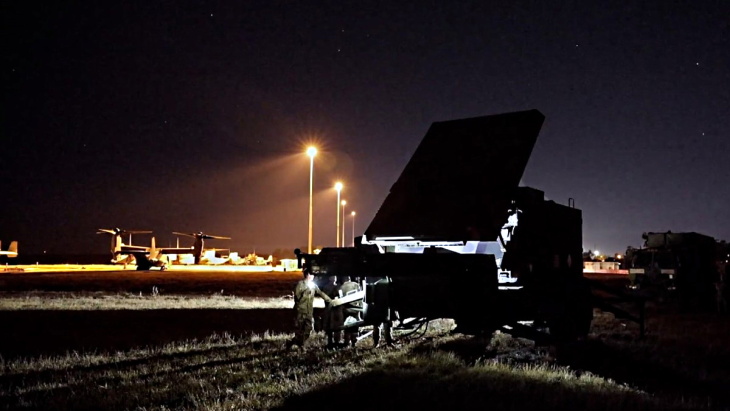At Onkalo, used nuclear fuel will be placed in the bedrock, at a depth of about 450 metres. The disposal system consists of a tightly sealed iron-copper canister, a bentonite buffer enclosing the canister, a tunnel backfilling material made of swellable clay, the seal structures of the tunnels and premises, and the enclosing rock.
A tunnel with an approximate length of 80m will be excavated over the coming months, and four deposition holes will be drilled into it during the joint functional test. The central tunnel related to the test has already been excavated.
"In February, we will reach 48 metres, after which the excavation will be interrupted, the base of the tunnel will be levelled out and the required compaction work will be done," said Posiva worksite manager Kimmo Lehtola. He noted that the excavation is a method test that pays special attention to the area between 19m and 48m.
"Surveys and subsurface imaging measurements will be performed in the region of this area," he said. "They are used to confirm that the bedrock has no water flow paths or discontinuities caused by the excavation. The method test is used to demonstrate that we can perform the work according to the plans and requirements."
The excavation of the tunnel will continue after this investigation, and it is expected to reach 80m in April/May. The test tunnel is shorter than the actual final disposal tunnels, which will be about 350m in length.
The joint functional test, which will take place in 2023, will test final disposal using the technology designed for it. However, the canisters placed in the bedrock during the test will not contain used nuclear fuel, as the intention is to ensure that the methods designed for final disposal operate as planned. The test will be monitored by authorities who will consider the processes of the integrated system test in the context of the operating licence.
"Once the tunnel for the joint functional test is complete, excavation of the first five final disposal tunnels will begin," said Posiva construction manager Juha Riihimäki. "Actual final disposal activities will begin in one of the tunnels around 2025."
The site for Posiva's repository was selected in 2000. The Finnish parliament approved the decision-in-principle on the repository project the following year. Posiva - jointly owned by Finnish nuclear utilities Fortum and Teollisuuden Voima Oyj - submitted its construction licence application to the Ministry of Employment and the Economy in December 2013. Posiva studied the rock at Olkiluoto and prepared its licence application using results from the Onkalo underground laboratory, which is being expanded to form the basis of the repository.
The government granted a construction licence for the project in November 2015 and construction work on the repository started a year later.

.jpg)




_50545.jpg)
_28367.jpg)

_76087_55556.jpg)




